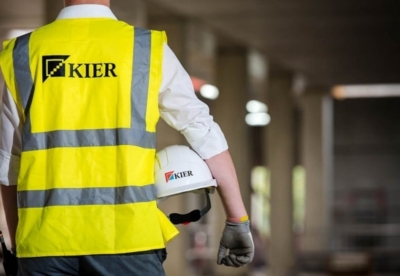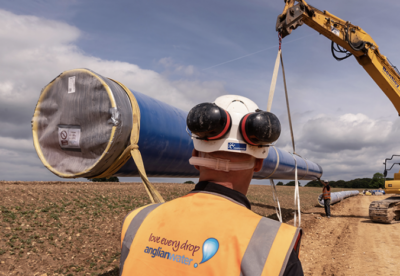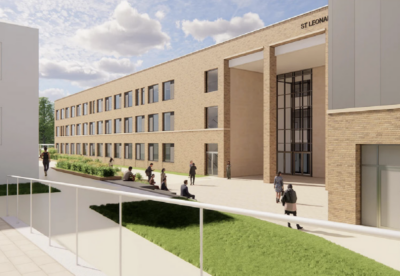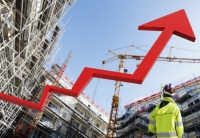The flexible four – BAM Construct, BAM Nuttall, Skanska UK and Willmott Dixon – have recorded a decline in the rate of sickness absence, with flexible working believed to be a contributing factor.
Contractors’ sickness rates
- Willmott Dixon saw overall sickness absences down by one-third since 2019
- BAM Construct overall sickness absences have reduced by one tenth
- Skanska UK reported that one-day sickness absences have more than halved.
- BAM Nuttall has seen one-day sickness absence fall by a third.
Social enterprise and flexible working experts, Timewise today published a review one-year-on of the impact of the pilot.
The findings suggest that flexible working has had a number of positive impacts.
For workers it has helped to reduce stress, increase well-being and raise job satisfaction. For contractors, it is seeing enhanced staff performance and notably, a reduction in sickness-related absence rates.
By contrast, analysis of ONS data by Timewise shows that the national sickness absence rate in construction has increased post pandemic, from 1.4% in 2020 to 2.1% in 20211.
The report also highlights the next flexibility barriers for construction to overcome, key among these being the need to ensure greater fairness, by finding a way to extend flexible working to the subcontracted workforce.
Emma Stewart, the co-founder of Timewise who led the Construction Pioneers pilot and the review, said: “It’s great to see a reduction in sickness absence noted by all four Construction Pioneer firms, especially given that one of the main drivers for running the pilot programme came from concern around the sector’s poor record on mental health and well-being.
“Some firms are also reporting increased productivity levels through the use of hybrid working where possible, which they feel is the result of having a happier workforce. Flexible working makes both business sense and common sense.”
1 ONS, Sickness Absence in the UK Labour Market 2021, records absence rates for the construction industry of 1.7% in 2019, 1.4% in 2020 and 2.1% in 2021.







.gif)



















































